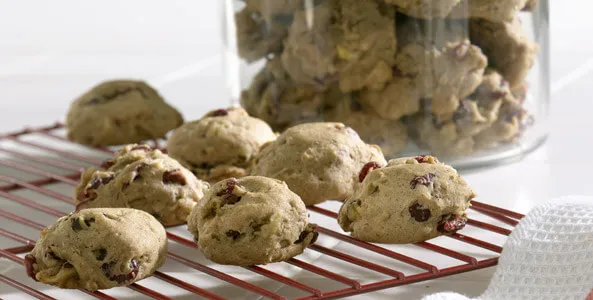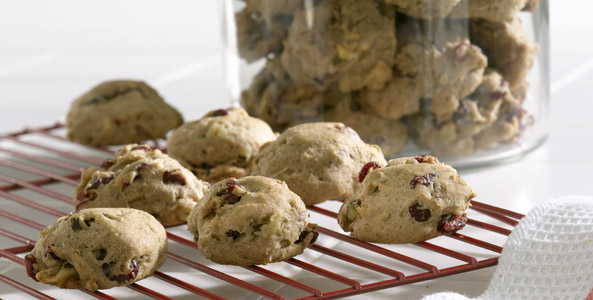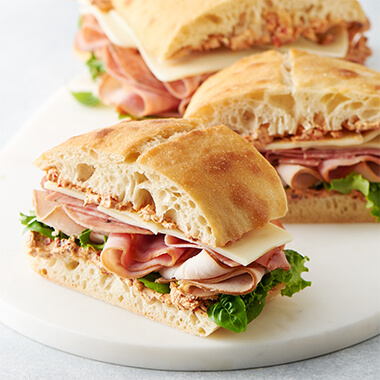

Tips for Success with Gluten-Free Baking
Follow directions is especially important when using gluten-free alternative flours. Converting to a gluten-free recipe from the original may be tricky and require trial-and-error to get it right. Here are some helpful gluten-free baking tips.
 by
Land O'Lakes Test Kitchen
by
Land O'Lakes Test Kitchen
 by
Land O'Lakes Test Kitchen
by
Land O'Lakes Test Kitchen

Following directions is especially important when using gluten-free alternative flours. Converting to a gluten-free recipe from the original may be tricky and require trial-and-error to get it right. Here are some helpful gluten-free baking tips.
Maintain a gluten-free cupboard in an effort to avoid cross-contamination with wheat products in your kitchen.
Avoid oats and oatmeal. Though oats do not have gluten, there could be cross-contamination with wheat in manufacturing or when the grains are grown.
Gluten-free flours may require more leavening to compensate for their lack of elasticity. If you convert a recipe to gluten-free, you may need to add about 25% more baking soda or baking powder than what is called for in the original wheat version. It is generally not necessary to increase the amount of yeast in a yeast bread recipe.
We recommend using an electric mixer - either stand or hand-held. This helps prevent clumping that can occur when you use gluten-free flours.
Gluten-free batters tend to be sticky. You may need to scrape the sides of the mixing bowl often.
Use good quality measuring spoons and cups. They need not be expensive, just clearly marked and easy-to-read for accuracy. Even a slight measuring mistake can alter the texture and lead to a gummy, undesirable result. Be sure to use good measuring techniques.
Roll cut-out cookies and pastry between two sheets of parchment paper. The dough is sticky and the dough rolling between sheets of parchment paper will make it easier to handle this sticky dough. Just remove the paper before baking.
Gluten-free baked goods may stick more to the baking pan. To prevent batter from sticking to surfaces and pans, use non-stick pans or line your pans with parchment paper.
When using a gluten-free flour, store it in the freezer in a resealable plastic freezer bag to maintain quality. Always let the flour come to room temperature before using.
Baked goods with gluten-free flours taste best when eaten warm from the oven but they also freeze well. Wrap small amounts of the baked product in plastic food wrap and place in a resealable freezer bag or a tightly covered container. At serving time, thaw only what you plan to use.
Share Your Thoughts
Did you find this article helpful? Has it inspired you? What else would you like to know?



